Why Does my Humidifier Smell Like Fish?
A fishy odor coming from a humidifier is an indication that there is mold and mildew somewhere inside the humidifier. Stagnant water is typically present when a humidifier is smells like fish or urine.
If you have a humidifier that has a unpleasant smell emanating from it, you can be sure a deep cleaning is needed. The humidifier should unplugged and carefully taken apart and washed thoroughly.
You should consider soaking each part in hot water. A dash of bleach added to the water will help kill any lingering bacteria. If you have a humidifier that is dishwasher safe, then by all means, take that route.
Other complaints about odors coming from a humidifier usually are related to the smell of plastic burning or just the smell of burning.
The smell of plastic burning from the humidifier can be the simple smell off-gassing from the plastic heating up for the first few times if the humidifier is new. A smell that should very quickly wear off after a few uses.
On the other hand, is humidifier is not new, then there is a problem with overheating.
In that case, a inspection should be done around the humidifier to see if you find any type of visible burn marks or plastic warping. The power cord should also be inspected to make sure that it is not burning at the outlet.
If there is a problem with the power going to a specific outlet, you can easily plug the humidifier into a different outlet that is on a different circuit and see if you get the same type of burning smell. If you do, then your humidifier is to blame. If you don’t, then your own electrical system is to blame.
Portable humidifiers typically only use about 30 to 50 w. Very little energy, and not enough to trip a breaker. Burning is not natural.
Humidifier Hacks for Smelly Humidifiers
People have tried all types of solutions and additives to put in humidifiers to keep them from smelling and help add a fragrance to the room through the use of a humidifier.
Some make a lot of sense and work great, others not so much.
Caution: Humidifiers have a lot of working parts that need to have a clear pathway for water to flow. Anything you put into a humidifier that can clog up a nozzle for instance is a No-No.
Humidifiers that can be used for aromatherapy and essential oils have a separate compartment to put those items.
The reason is that they are oily and oil does not mix with water.
The result of adding essential oils directly into the water of a humidifier is the likelihood of clogging up the waterways needed inside of the humidifier for it to work properly.
Can you put Vicks in the humidifier?
Vicks is a perfect example of a product that should not be added to the water of a humidifier. The gummy texture of Vicks will clog up a humidifier very quickly.
But on the other hand, if you use a Vicks humidifier that has a separate compartment to put the Vicks salve, then the combination is an excellent means of moistening the air and adding the medicated aroma of Vicks that can help you breathe better and relieve congestion.
“The point is no oily or gummy anything should be added into the water of a humidifier.”
But there are things you can put into the water of a humidifier to help keep the humidifier fresh and clean and also add an extra ambience to a rooms existing atmosphere.
Can I put perfume in my humidifier?
Adding perfume or cologne to the water in a humidifier is a excellent and convenient way to add a fresh scent to the air while you’re humidifying it.
Do not use any type of perfumes that have a oily texture to them though. Most perfumes in colognes are alcohol-based and do not have anything in them that will clog a humidifier.
The caveat of putting perfume in the water of your humidifier is to start off slow and only add a few sprays or squirts and then see what kind of difference it makes. If you need more you can always add a little more. Not as easy to take some out. You’ll end up having to dilute the water by dumping some out which will be a waste of perfume and water.
Can I put bleach in my humidifier?
Adding a small amount of bleach to the water of a humidifier is a great way to reduce the amount of time it takes for mold and bacteria to take root inside of the water basin.
Remember A little dab will do you when it comes to bleach. The ideal is to add only enough bleach to aid in keeping the humidifier cleaner.
Too much can give you a headache and many people are very sensitive to the smell of bleach.
So be cautious not to overdo it and start off very light and only add a little more in steps as needed.
Many humidifiers brands suggest adding a drop of bleach into the water basin of their humidifiers. So it is a common practice.
Can I put lemon in my humidifier?
Lemon is a great additive to put in the water basin of humidifier. Not only does lemon have very many natural cleaning agents in it that will help reduce and keep the amount of mold and bacteria that can take root in a humidifier down, it also will add a fresh lemony citrus scent to your room when the humidifier is running.
Lemon scent is one of the most air freshening and odor killing and reducing scents there is. Many household cleaners come in lemon scent for just that reason.
It only makes sense that adding lemon scent to a humidifier makes good sense.
Can you put vinegar in a humidifier?
Vinegar is a all natural mold inhibitor and mold and bacteria cleanser that makes a great additive to put in your humidifier water.
Vinegar also has its own medicinal properties that can aid in the loosening of chest congestion when you breathe it.
And a lot of people do not realize that in a Coke vs Pepsi type of challenge between bleach and vinegar, the vinegar was better at cleaning mold then bleach. And has a much better success rate at cleaning mold that is below the surface.
How much vinegar do you add to the humidifier water? The answer is two you can smell it. Nobody likes the overpowering smell of vinegar, so starting off small and adding a little till you get just the right amount is the best way to add vinegar to your humidifier.
Can I add baking soda to my humidifier?
Baking soda is a great odor absorbing substance that can be added to the water basin of a humidifier to reduce the musty smells that can come from a humidifier.
Baking soda also has a cleaning element to it that will help break down and rid your humidifier of mold and bacteria.
When it comes to adding baking soda to your humidifier, you should check your owner’s manual because baking soda has an abrasive texture to it and can cause erosion in certain cases.
Can I put vanilla extract in my humidifier?
Vanilla extract should not be put directly into the water of a humidifier because of its oily texture. Oil and water do not mix. The result will be oil clogging up the necessary waterways that your humidifier requires for working appropriately.
Can I put Downy in my humidifier?
Putting Downy in a humidifier will not provide any extra benefit to the humidifier because it is a fabric softener. It will also not add any benefit to the air quality since air lacks the capacity be softened.
But many air fresheners come in Downy smell and any problem that could arise from adding fabric softener to the water in your humidifier is very minimal because fabric softener dissolves in water very well.
Can you put hydrogen peroxide in a humidifier?
Hydrogen peroxide is a inexpensive alternative to adding commercial mold inhibitors to your humidifier water.
On top of being a mold inhibitor and cleaning agent, hydrogen peroxide also has
an enzyme type property that will help eliminate the smell of urine often associated with humidifier water.
One of the Great DIY humidifier hacks is adding a few drops of hydrogen peroxide to your humidifier water every time you fill it up.
Summary
Humidifiers are meant to add moisture to the air as a means of relieving the symptoms that often arrive with dry and arid conditions. But when they add more to your air, as in a fishy, moldy, and even a urine smell, you’ve got a problem with mold and bacteria growing in and around your machine.
But there are solutions to keeping any humidifier smells at bay and getting the right results that were intended with the humidifier in the first place.
The main thing to remember when adding anything to your humidifier water is that it has to dissolve in water and or mix well with water.
Anything that has an oily or gummy texture to it like essential oils or medicinal salves like Vicks can clog up your humidifier and make it ineffectual to do the job of moistening the air it is intended for.
But there are some great additives that you can put right into humidifier water, and most you probably have in your house already.
Many people get great results from putting all natural bacteria and mold inhibitors like vinegar, lemon, and peroxide right into the water basin of their humidifier.
Other items like cologne, perfume, and even fabric softener like Downey can turn the humidifier into an excellent combination air moisturizer and deodorizer.
We hope you found something in this article that you can use or spur your own imagination for ways that you can utilize your humidifier.


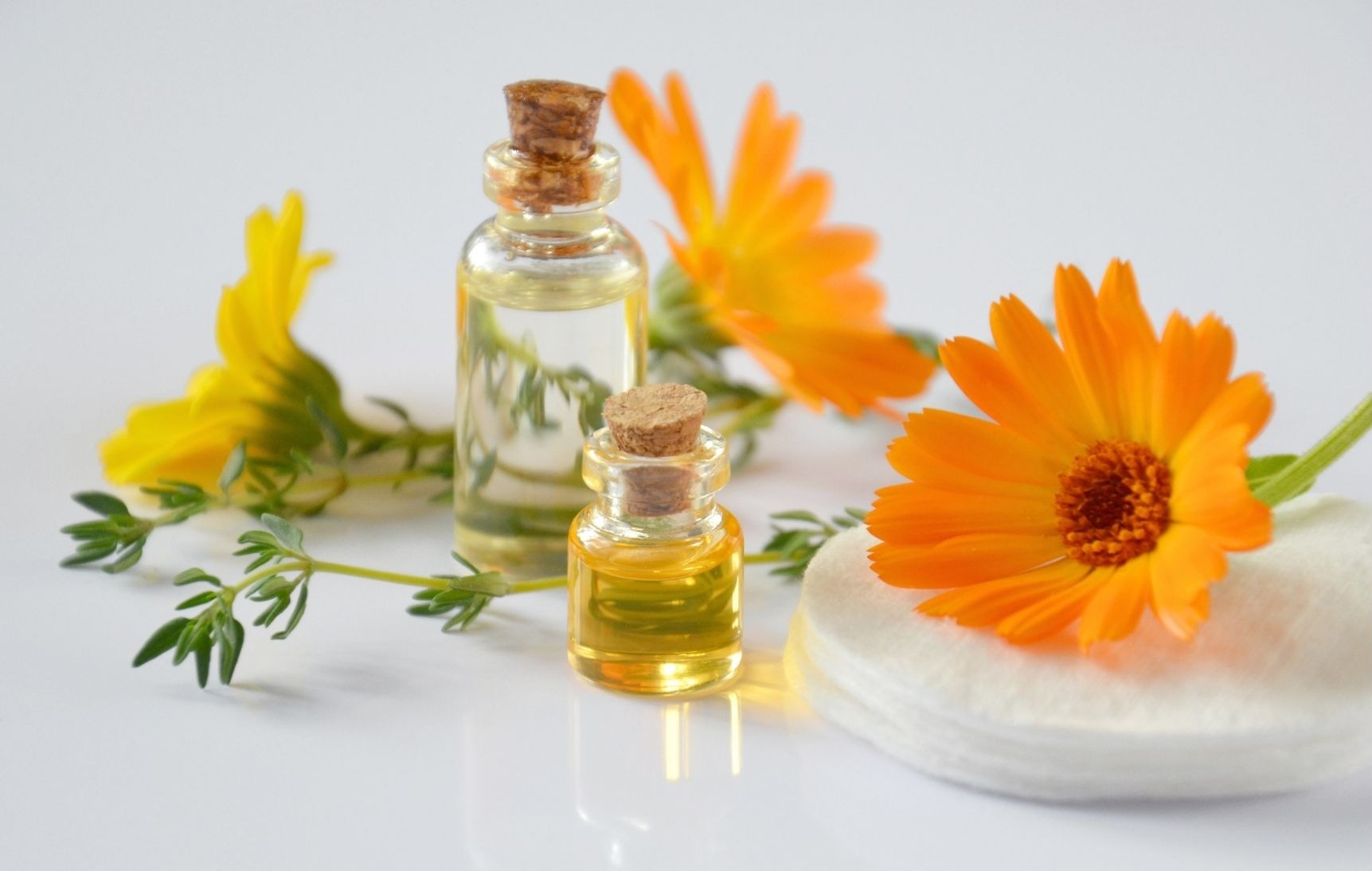


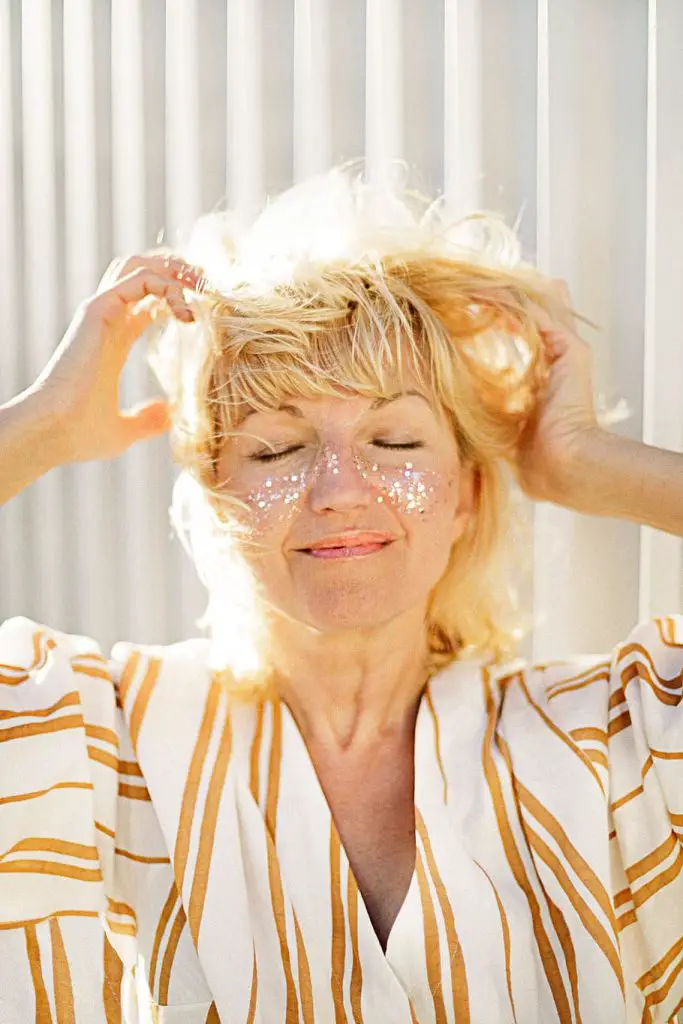
 Do diffusers clean the air?
Do diffusers clean the air? Kind of defeats the purpose.
Kind of defeats the purpose.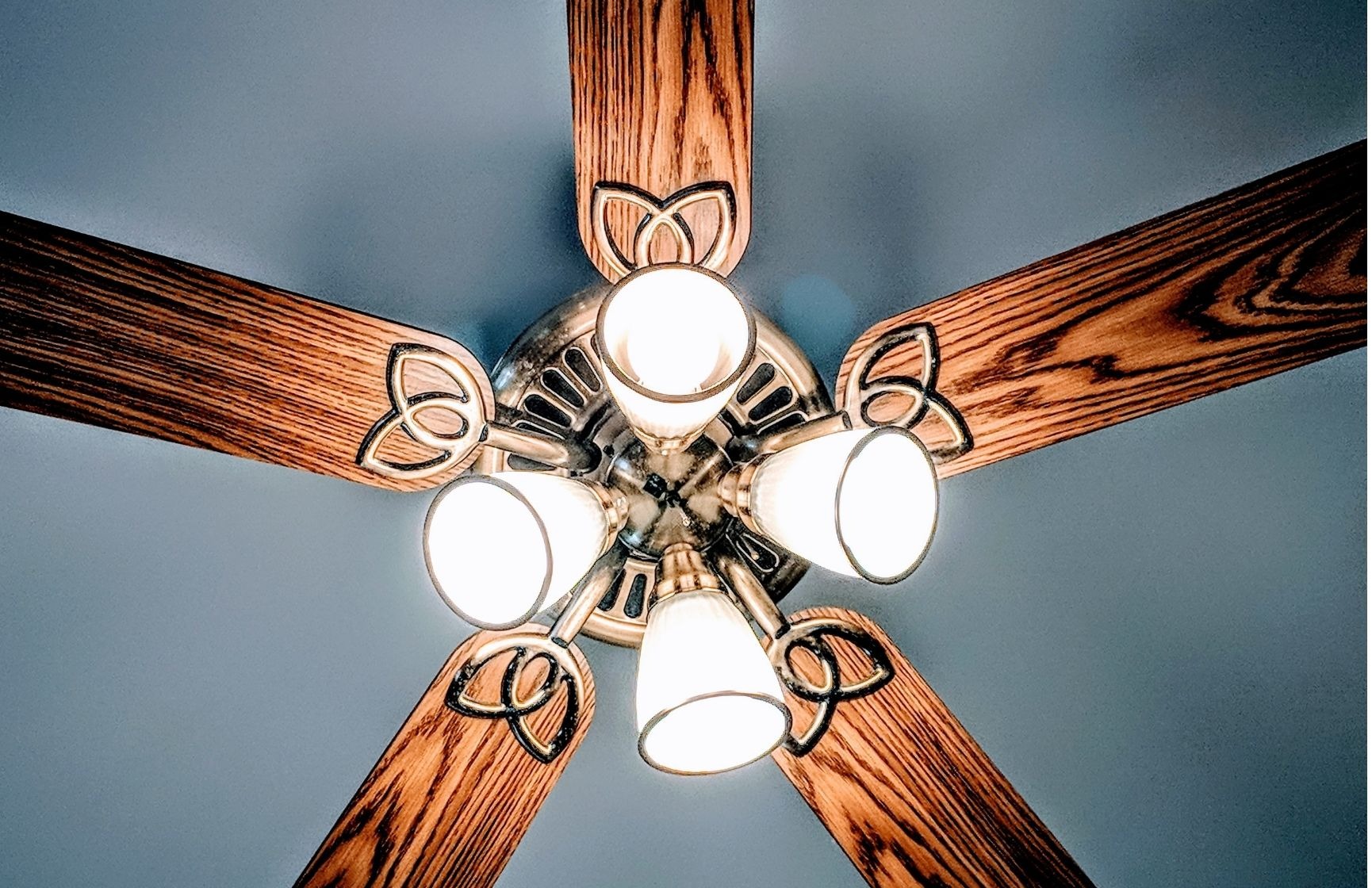
 How Many Blades on a Ceiling Fan Make the Best Air Flow?
How Many Blades on a Ceiling Fan Make the Best Air Flow?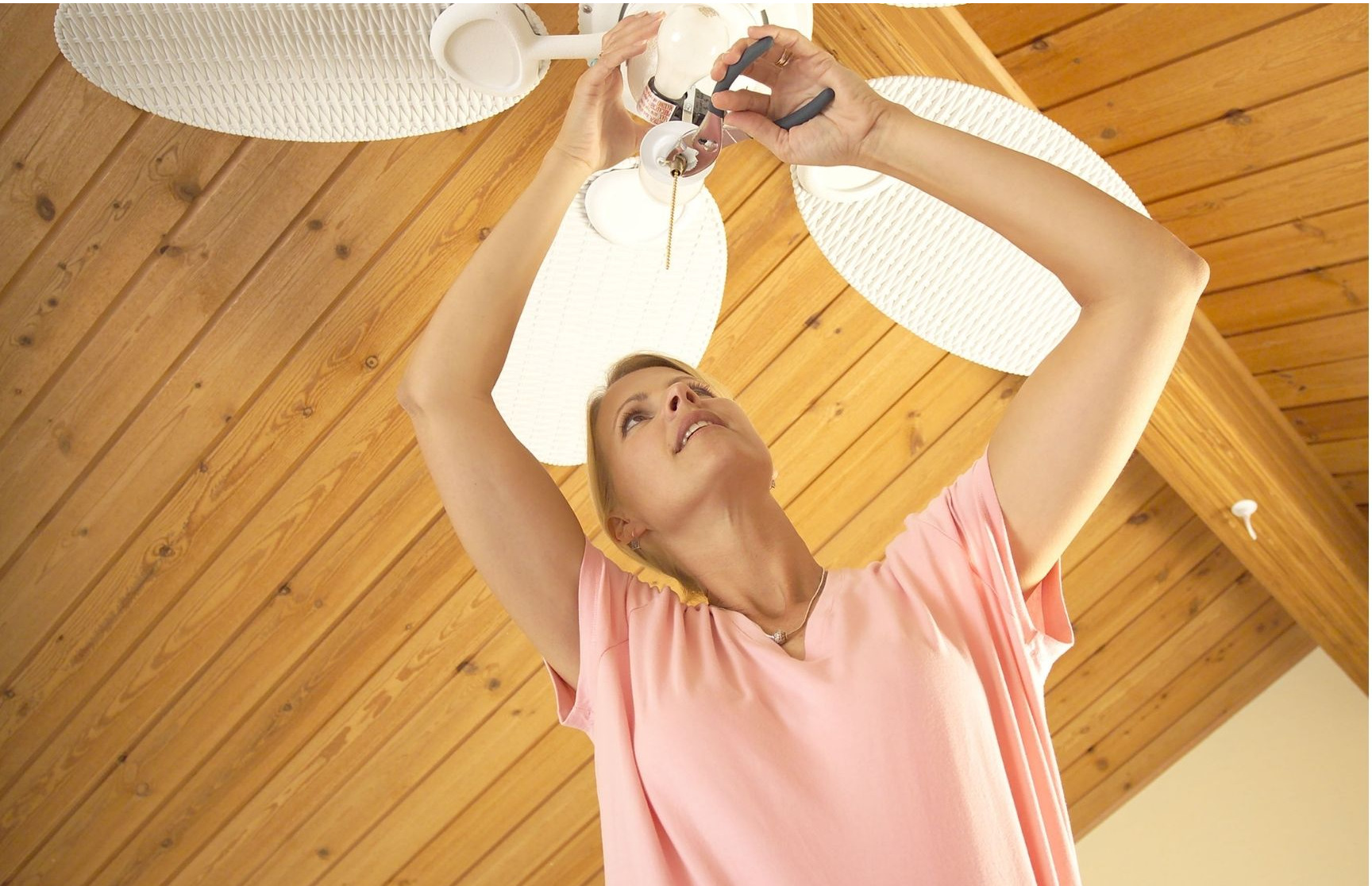
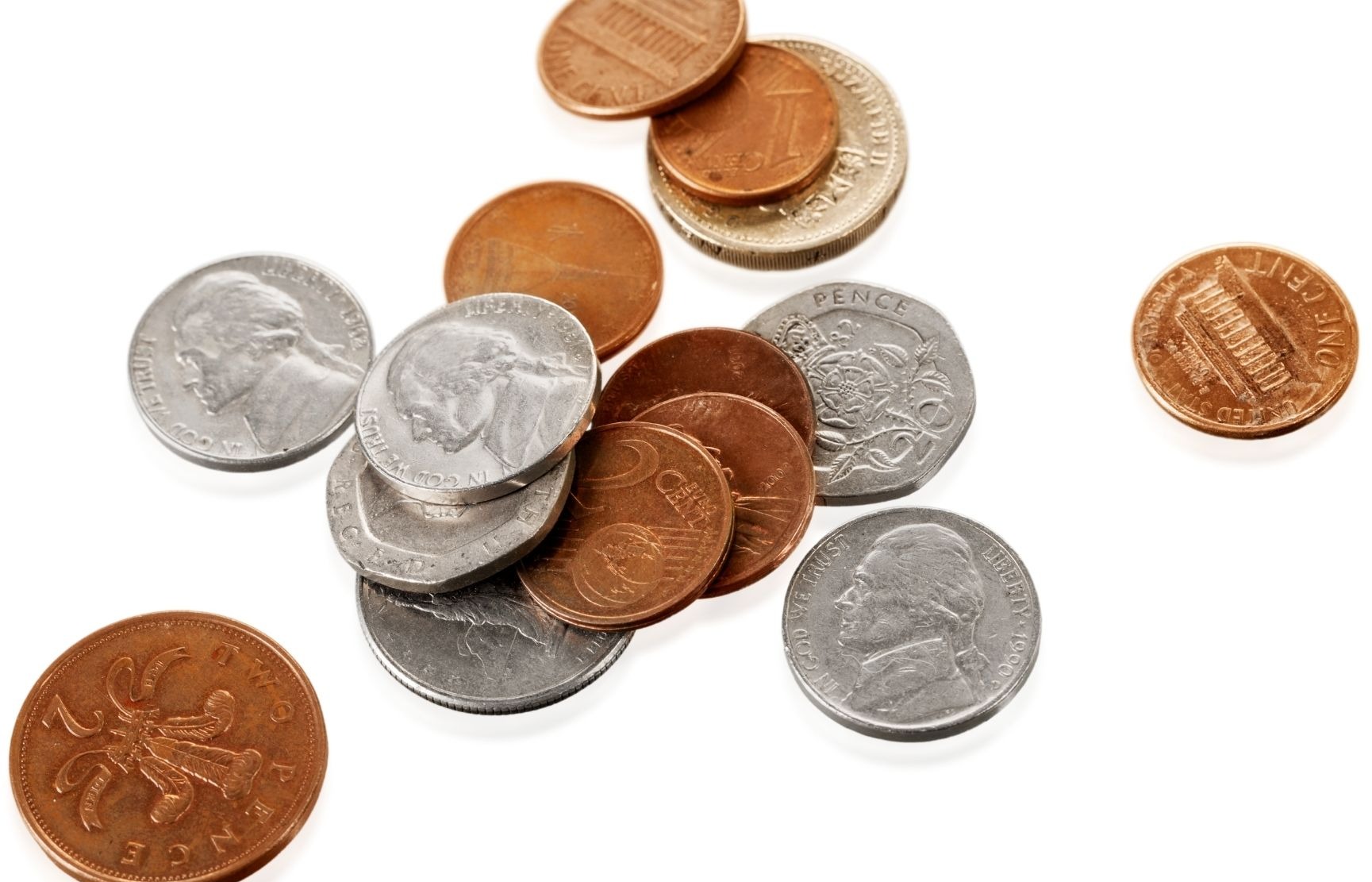 How to Balance a Ceiling Fan with Coins?
How to Balance a Ceiling Fan with Coins?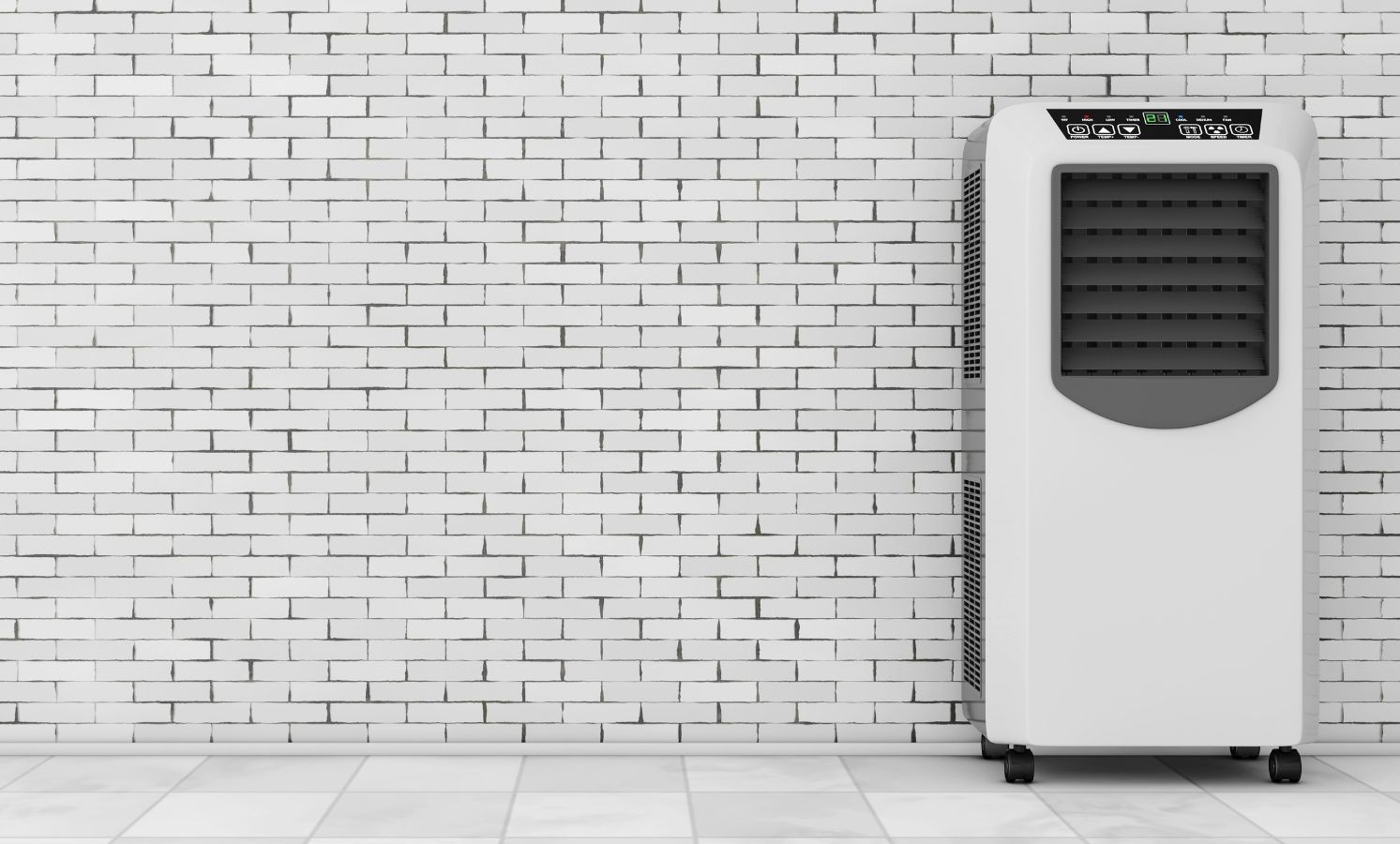

 Here is a list of some of the most popular issues that pop up with portable air conditioners.
Here is a list of some of the most popular issues that pop up with portable air conditioners.
 4.Portable AC keeps freezing
4.Portable AC keeps freezing
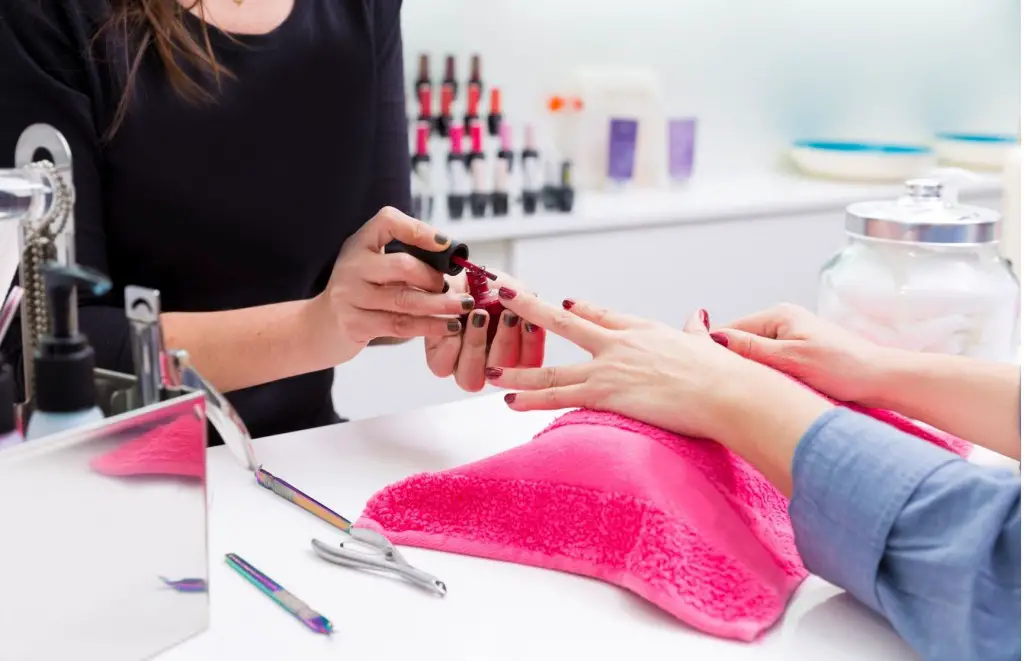
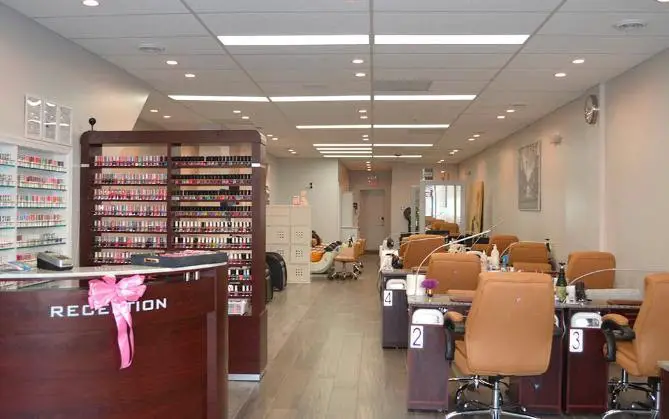 Image Source:
Image Source:  You have to follow some specific
You have to follow some specific 






